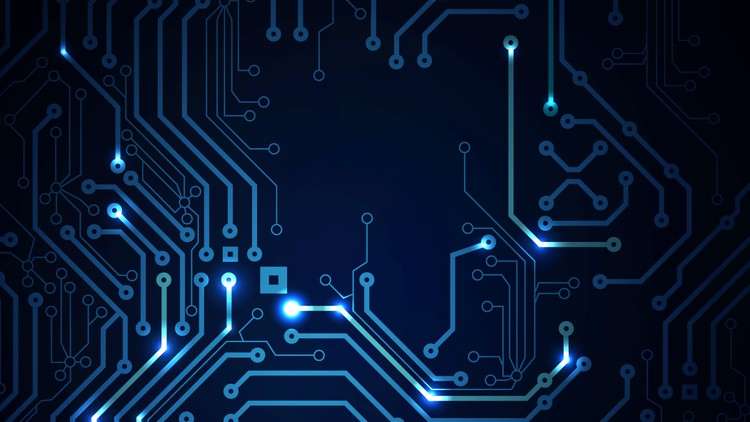
A comprehensive guide to investigate the relationship between number representations, binary arithmetic and binary codes
What you will learn
Recognize the basic characteristics of the different number systems used in Digital Electronics and counting in each system.
Convert a number from one number system (decimal, binary, octal, hexadecimal) to its equivalent in one of the other number systems.
Apply binary Arithmetic operations such as addition, subtraction, multiplication, and division with these number systems.
Explore the concept of signed numbers and how they are represented in binary and signed binary arithmetic.
Explore binary codes and discuss the use of number systems in error detection and correction techniques
Why take this course?
🌟 Exploring Number Systems – The Language of Digital Electronics 🌟
Course Headline
A Comprehensive Guide to Investigate the Relationship Between Number Representations, Binary Arithmetic, and Binary Codes
About This Course
The world of digital electronics relies heavily on a solid understanding of number systems. From the moment data is created, processed, or stored in a digital system, it’s represented using binary states (0 or 1). This course delves into the intricacies of number systems, particularly focusing on how they are used within digital circuits, which are ubiquitous in our modern world.
Whether you’re designing digital circuits, programming microcontrollers, or simply curious about the foundations of computer science, this course will equip you with a deep understanding of:
- Number Representation in different systems
- Conversion between Decimal, Binary, Octal, and Hexadecimal number systems
- Binary Arithmetic
- Addition, Subtraction, Multiplication, and Division of Binary Numbers
- Signed number representation (One’s and Two’s Complement) and arithmetic
- Binary Codes
- BCD, Gray, Excess-3, ASCII, and more
- Error correcting and detecting codes
By the end of this course, you’ll have a comprehensive grasp of how data is represented and processed in digital systems, preparing you for advanced studies or practical applications in computer science.
Course Overview:
- Understanding Number Systems:
- Explore the concept of positional versus non-positional number systems, with a focus on the Decimal, Binary, Octal, and Hexadecimal systems.
- Number Base Conversion Techniques:
- Master conversions between Decimal, Binary, Octal, and Hexadecimal systems.
- Learn why the radix (base) of a number system is crucial in digital processing.
- Binary Arithmetic:
- Dive into arithmetic operations for unsigned binary numbers.
- Understand signed binary number representation and associated arithmetic, with a focus on One’s and Two’s complement systems.
- Binary Codes:
- Study various codes used to represent data in binary form.
- Learn about BCD, Gray code, Excess-3 code, ASCII code, and their practical applications.
- Discuss error detection and correction methods used in data transmission.
- Real-World Applications:
- Solve problems related to each topic to solidify your understanding of the concepts covered.
By the end of this course, you’ll have a comprehensive grasp of number systems and their applications in digital electronics. You’ll be well-prepared to tackle real-world problems involving data representation and processing, making you an invaluable asset in any digital technology field.
Enroll now to embark on a journey through the fascinating world of number systems and prepare yourself for a career where you can make significant contributions to the field of digital electronics! 🚀💻